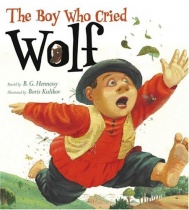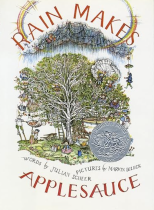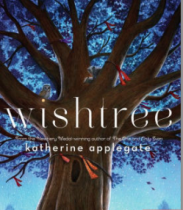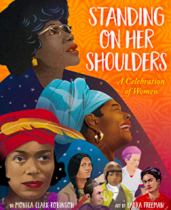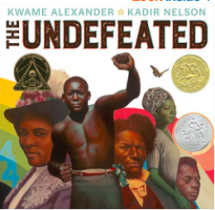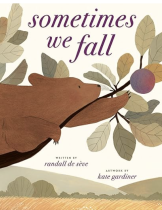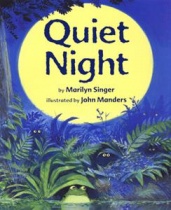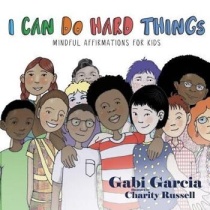Three weeks ago, I began a Realistic Fiction Unit using the Benchmark Curriculum Series for Reading and Writing. I was unsure exactly how to start this unit, but I soon realized it would be quite the adventure. Although our Benchmark Series gives us mentor texts to use throughout each unit, I decided to abandom the mentor text and come up with some of my favorite Realistic Fiction books of all time. I began the unit with Alexander and the Terrible, Horrible, No Good, Very Bad Day. Many of my students loved this book and had also seen the movie, which added to their interest. Before reading the book, I introduced the term "Realistic Fiction" to my students as "something that could have happened in real life but did not." Together, we came up with a list of characteristics that a Realistic Fiction story may have. For example...a realistic fiction story has believable characters as well as a believable setting. Afterwards, I asked the students to act like detectives while I was reading the first realistic fiction picturebook. After reading the book, students were given a small sheet of paper and asked to brainstorm with their partner the different elements that were in Alexander and the Terrible, Horrible, No Good Very Bad Day. They were asked to come up with a couple characteristcs of the problem in the story, the setting and character traits that made Alexander a "real" person. We gathered on the carpet and discussed the different characteristics of this story and composed a list on a piece of chart paper, which would hang in the classroom for the duration of this particular writing unit.
I would take some time to talk about every lesson that I implemented within this thematic writing unit, but that would take quite some time. I will end by sharing with you some of the techniques I used that I think worked extremely well for writer's workshop.
1. I spent a whole day with the class discussing how to write a good "hook" and a good "ending." For both lessons, students were given a picture book (in their instructional level) and asked to look at the story and think about what the author did to create an excellent HOOK or an excellent ENDING in the story. I used the "Captain Hook" picture throughout this unit to remind students that their job was to drag their readers into their writing and make them excited about what was to come.
2. I implemented a peer-tutoring program called "POWER BUDDIES." Each student was given a Power Buddy at the beginning of this writing unit. Every other day, I would give my student 10-15 minutes to discuss their writing with their writing buddy. Students were expected to first give a compliment, then a challenge or suggestions and finally a question that they had about their partner's writing. What I found to be most effective, was to stop the class every 5 minutes and have them share out a compliment they had discussed or a challenge they had discussed with the class. Students knew I would be asking them to share out. Thus, this acted as a motivation for them to stay on task.
Overall, I am extremely pleased to say that my students did a remarkable job writing captivating realistic fiction stories. I do believe that they have had a lot of fun adding humor, dialogue and various adjectives to their writing. Although we are not quite done with this unit, I am excited to hear their pieces.

